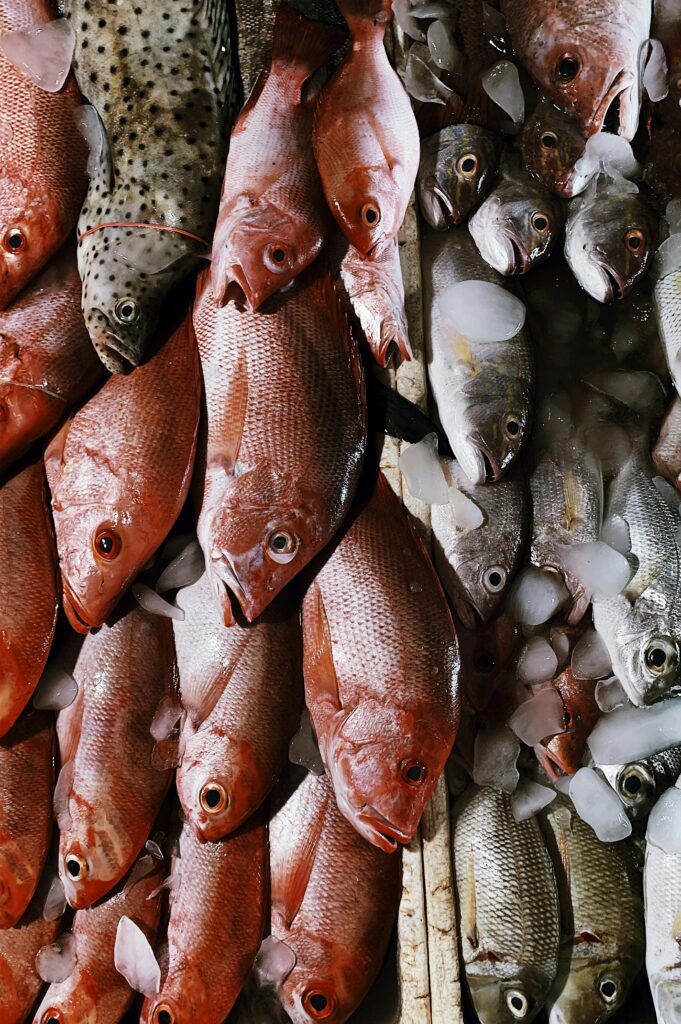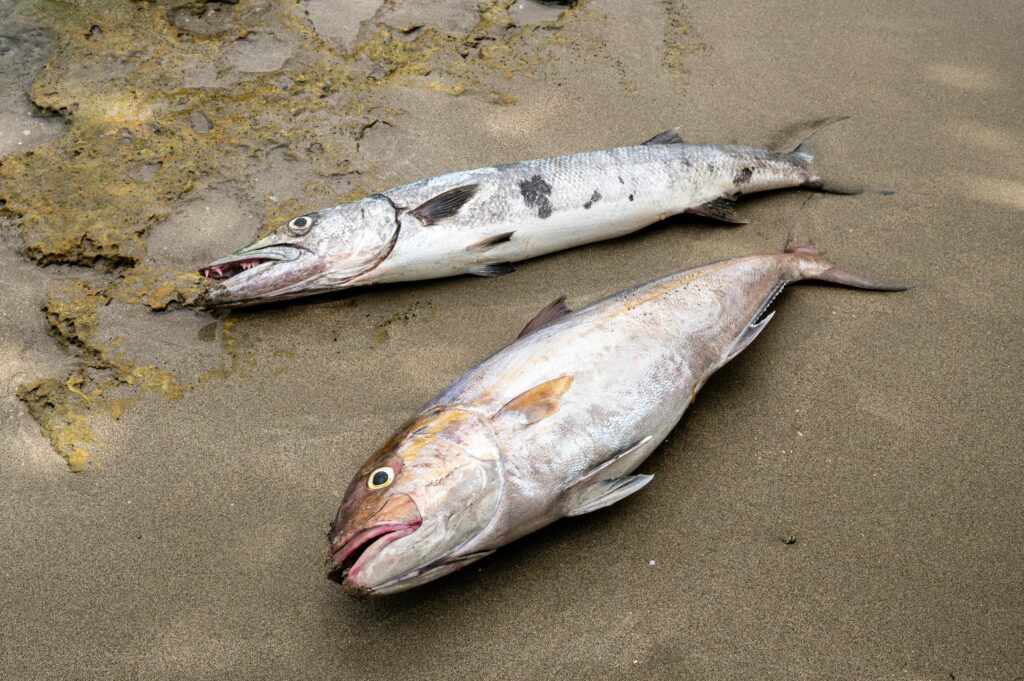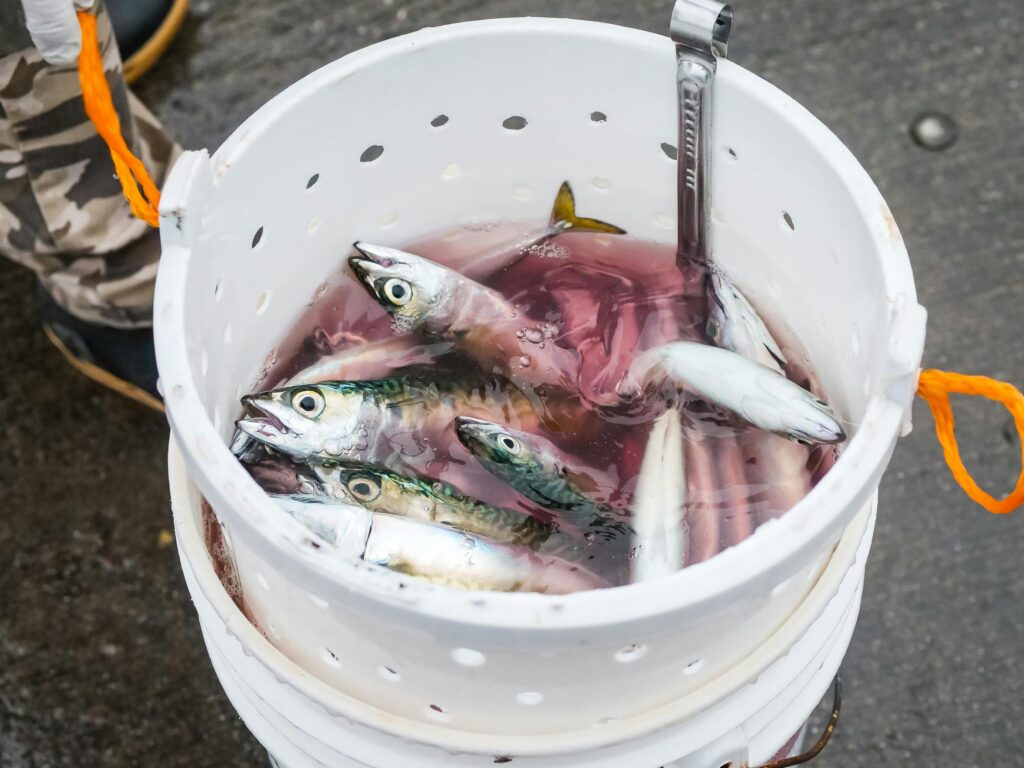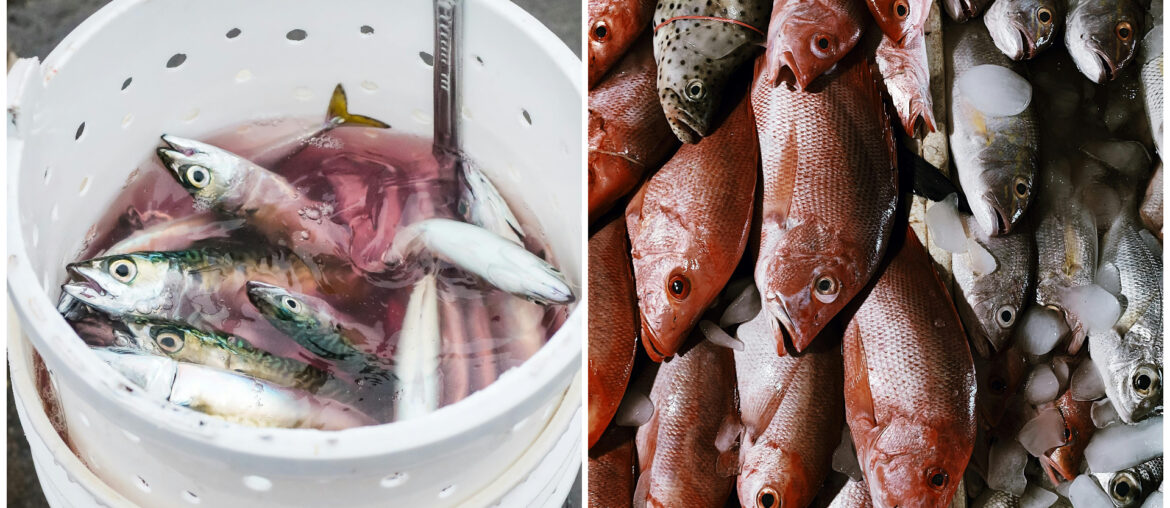Not every fish needs to be caught—sometimes, letting the sea breathe is the best catch.

If you’re craving some freshly-caught sardines, mackerels, or herrings in the coming months, you’re going to have to scale back your expectations. The Bureau of Fisheries and Aquatic Resources (BFAR) has just announced a three-month fishing ban in the Visayan Sea, effective from November 15, 2024, to February 15, 2025. Don’t worry, this isn’t because the fish need a vacation—they’re just trying to have a little “me time” to grow, reproduce, restore fish stocks, safeguard marine biodiversity, and ensure long-term sustainability in one of the Philippines’ most vital fishing grounds.
FISH NEEDS A TIMEOUT

The seasonal closure is now in its 11th year under BFAR Administrative Order No. 167-3. Our finned friends a break and here’s why:
- Allow fish populations to recover and mature.
- Protect critical fish species during their spawning season.
- Promote marine biodiversity and long-term food security.
- Sustain the livelihoods of over 10,000 fishers from seven Visayan islands by ensuring the replenishment of resources.
- Bigger fish, bigger catch. No one likes tiny fish—so let’s give them time to grow into big, delicious seafood for all.
The 16,000-square-kilometer Visayan Sea is a critical ecological region but faces threats such as overfishing, environmental degradation, and climate change.
ENFORCEMENT MEASURES
BFAR is not playing around. They’ve assembled an inter-agency task force that includes the Philippine Coast Guard, the Philippine National Police Maritime Group, and other agencies. Together, they’re going to make sure the ban is enforced strictly, so no one sneaks in a little illegal fishing. Here’s what they’ll be doing:
- Monitoring landing stations to prevent illegal harvesting.
- Confiscating illegally caught fish as evidence for charges.
- Issuing administrative and criminal penalties to violators.
Penalties:
- Criminal Offenses: Imprisonment of 6 months to 6 years, fines double the catch value, and cancellation of fishing permits.
- Administrative Fines:
- Municipal Waters: ₱20,000 + 3 times the catch value.
- Small-Scale Commercial Fishing: ₱100,000 + 5 times the catch value.
- Medium-Scale Commercial Fishing: ₱300,000 + 5 times the catch value.
- Large-Scale Commercial Fishing: ₱500,000 + 5 times the catch value.
BROADER IMPACTS

Conservation advocates, including Errol Gatumbato of the Philippine Biodiversity Conservation Foundation, have praised the initiative, calling it a critical step toward replenishing fish stocks and sustaining local livelihoods.
But it’s not all smooth sailing. Challenges like weak enforcement at the local level and climate change are still putting pressure on the Visayan Sea. That’s why it’s more important than ever to keep those fishing nets in the shed for a bit and let nature do its thing.
As a vital source of livelihood and biodiversity, the Visayan Sea’s health is crucial not only for the region’s fishers but also for ensuring the stability of the local fishing industry and marine ecosystem for generations to come.



Comments are closed.